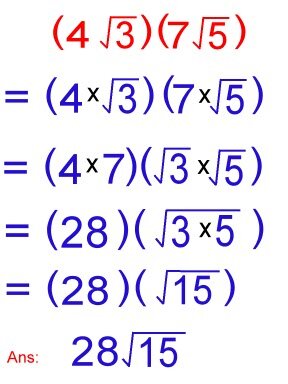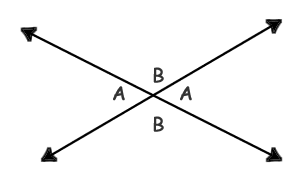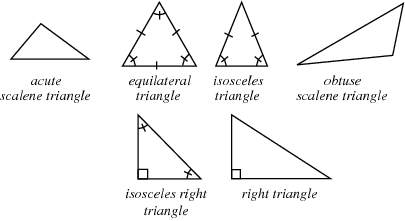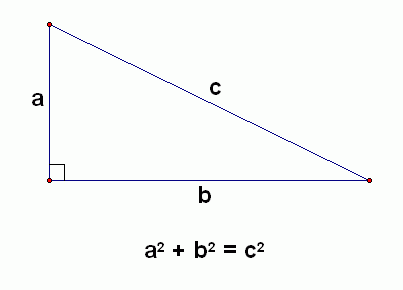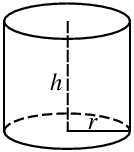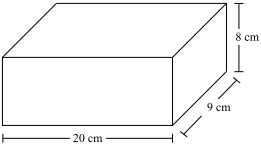vertical angles are the angles across from each other are equivalent. a=b and d=c
multiplying radicals you break it up and 4x7 is 28 and 3x5 is 15
questions
- if a equals 50 degrees what is the other side.
- what is b
- what is 3 square roots of 4 times 2 square roots of 3
answers:
a=5o degrees on both sides
180-50=130 b=130
3x2 and 4x3 =six square roots of 12 so simplified 1 square root of 2

